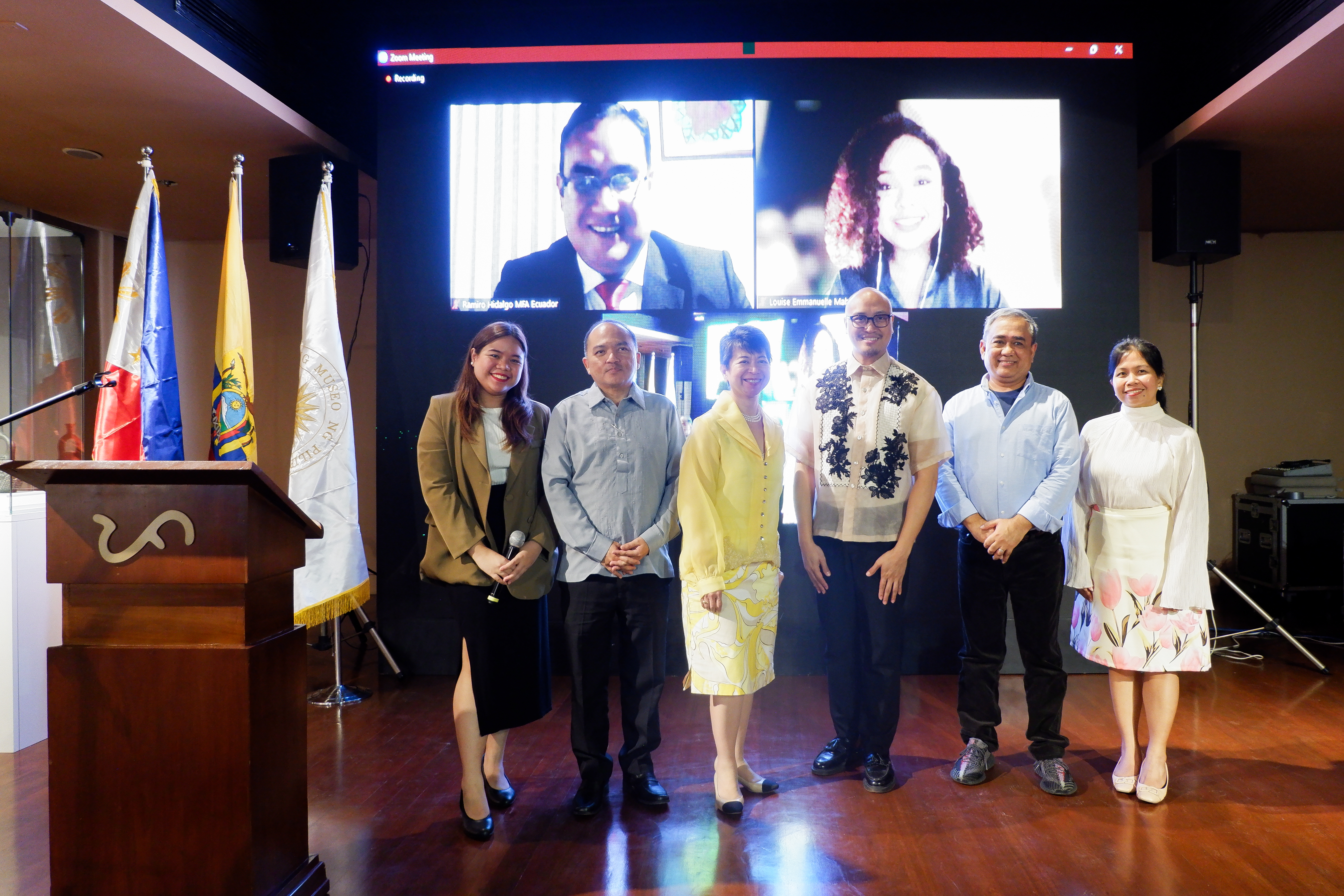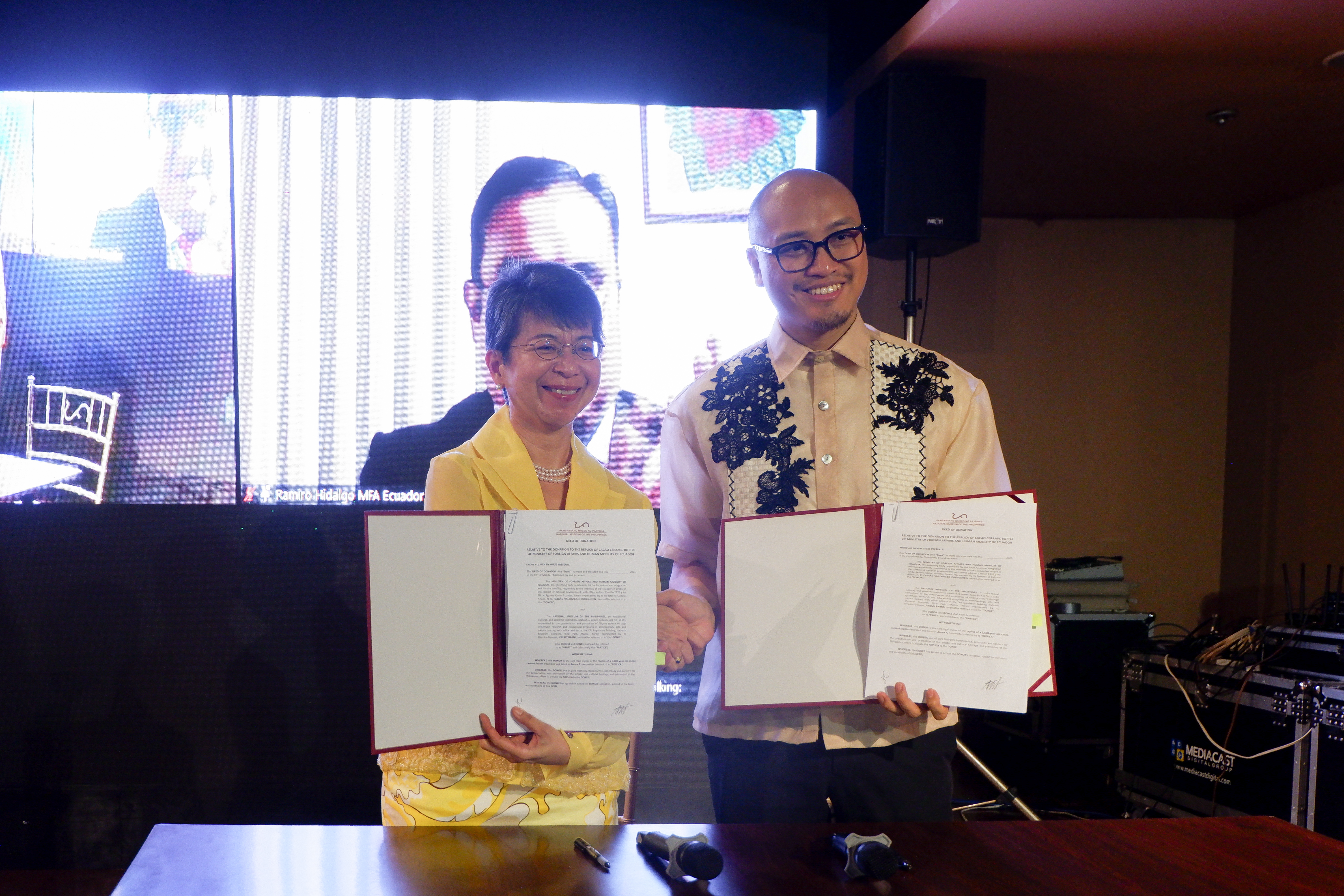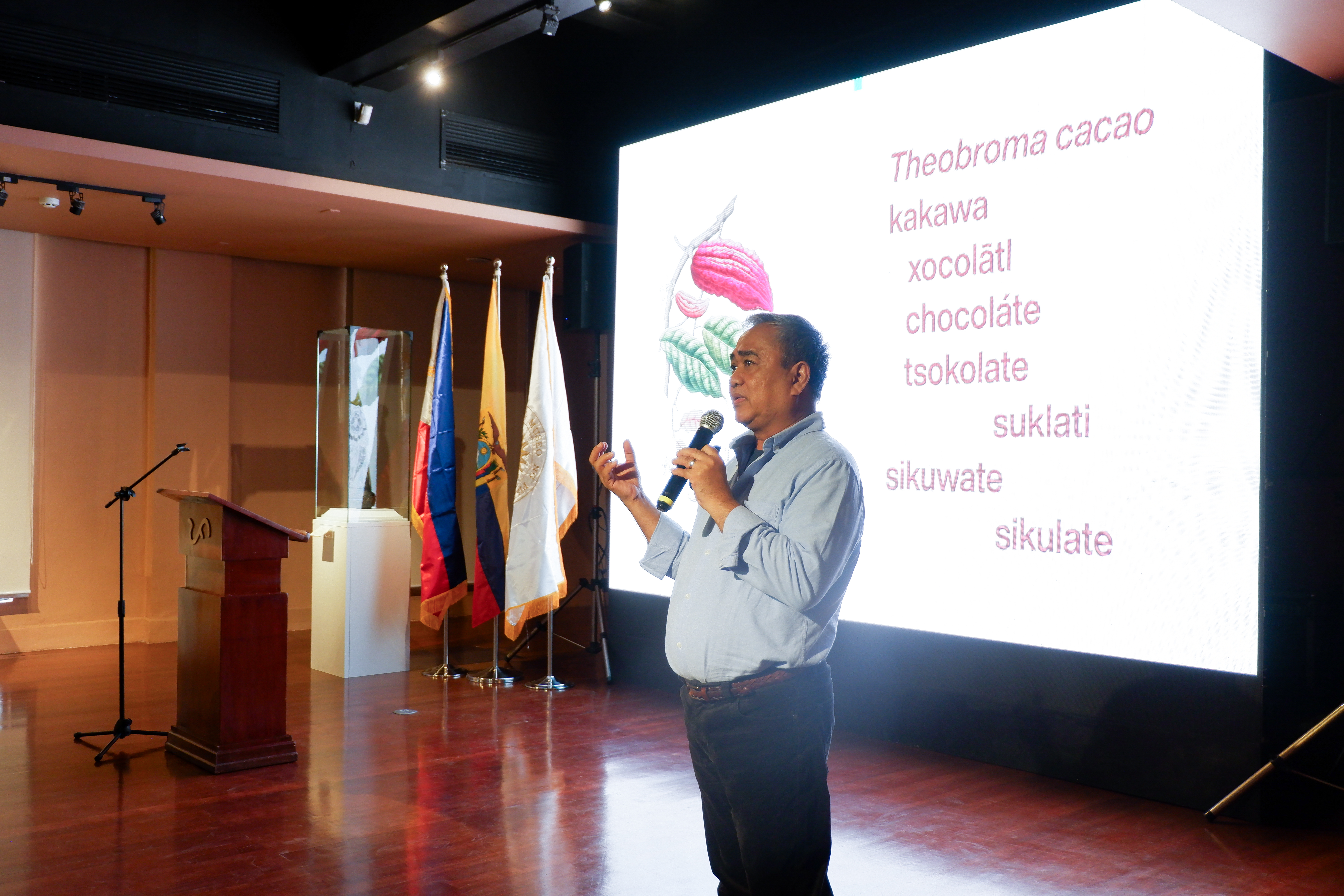NATIONAL MUSEUM OF THE PHILIPPINES TURNS OVER AND REOPENS ARCHDIOCESAN SHRINE OF OUR LADY OF CAYSASAY TO THE PUBLIC
Last 20 June, the National Museum of the Philippines formally turned over the newly-restored Archdiocesan Shrine of Our Lady of Caysasay to the Archdiocese of Lipa and the people of Taal, Batangas.




The turnover ceremony, coinciding with the 52nd anniversary of the elevation of the then-Diocese of Lipa into an Archdiocese, was graced by the Apostolic Nuncio to the Philippines Most Rev. Charles John Brown, D.D., the Archbishop of Lipa Most Rev. Gilbert A. Garcera, D.D., NMP Director-General Jeremy Barns, Rector of the Archdiocesan Shrine of Our Lady of Caysasay Rev. Fr. Raul Francisco A. Martinez, Executive Director of the National Historical Commission of the Philippines Carminda R. Arevalo, Chief of the NHCP’s Historic Preservation Division Ar. Reynaldo S. Lita, Chief of the National Commission for Culture and the Arts’ Cultural Properties Protection and Regulation Division Joseph Patrick V. Lee, and Taal Mayor Fulgencio Mercado, among others.
Furthermore, markers declaring the Shrine a National Cultural Treasure and National Historical Landmark, as well as the marker of the Decree of Dedication were also unveiled.


During the ceremony, DG Barns said that this restoration project is a manifestation of the NMP’s hard work and dedication to preserving this heritage structure. “We are very happy to show our public service at the National Museum in this way by showing to you this complete Shrine that will stand as a cultural treasure and historical landmark for more generations to come,” Barns mentioned.
Archbishop Garcera, meanwhile, described the restoration project as a ‘dream come true’ for Batangueños which has also sparked renewed faith in many. “You will see before us the dream that I detailed in my homily back in 2021; a reconstructed church and a renewed devotion to Our Lady of Caysasay,” he remarked.
Moreover, in his Homily during the first Eucharistic Celebration after the turnover, Rev. Brown lauded the breathtaking beauty of the newly restored Shrine. “When we opened the doors, and I saw the works in the inside for the first time, my breath was quite literally taken away by the beauty of this historical restoration, bringing the church back to its original splendor, simplicity, integrity, and nobility,” Archbishop Brown said.

In 2021, the Archdiocesan Shrine of Our Lady of Caysasay and its complex were put under the care of the National Museum of the Philippines after sustaining damage from the 2020 eruption of Taal Volcano.
Follow this link for more information about the History of the Archdiocesan Shrine of Our Lady of Caysasay: https://bit.ly/HistoryofCaysasay
#NationalMuseumPH #Caysasay #OurLadyofCaysasay #Taal #Batangas






















